A Howler Monkey refers to any of the 15 different species in the taxonomic genus Alouatta. Some of their closest relatives include the spider monkey, the woolly monkey, and the woolly spider monkey (we promise we didn’t make that up).
These primates get their name from their unique, and quite loud, vocalizations. In fact, you can even hear this species howl from up to three miles away! Read on to learn about the Howler Monkey.
Description of the Howler Monkey
Like most monkeys, these creatures have long arms and legs, and a long tail. They have dense fur across their bodies, save for their faces and the palms of their hands and feet. Most species have either black, brown, or red fur.
Though each species is different, most of the time these monkey weigh between 8 lbs. and 22 lbs. or so. Their bodies usually measure around 1½ ft. long to 3 ft. long. Their tails are usually as long as their bodies, if not longer.
Interesting Facts About the Howler Monkey
These primates are incredibly interesting creatures. Learn more about what makes the various Alouatta species unique below.
- How Many Hands – If you’ve ever watched these creatures climbing through the trees, you might have gotten a little discombobulated trying to keep track of what’s a hand and what’s a tail. This is because these monkeys have prehensile tails, which means they can move their tails to grab the branches around them.
- Prehensile Purpose – What do you do when you have an appendage that is as long as your body, and you can control it with precision? Easy, you find that it’s much easier to climb trees! These primates use their tails as a fifth “hand” to balance while they move through the branches.
- Hootin’ and Howlin’ – If you got lost in the jungle, what would you do? Well, you would yell! These creatures also use their voices to communicate with one another. They howl to find individuals within the group, and to warn away other groups from their territories.
- Only Herbivores – These primates are the only members in their family that only eat plants. They are herbivores, while the other monkeys in the Atelidae family are omnivores and eat both plants and small animals.
Habitat of the Howler Monkey
This group of primates usually lives in tropical rainforest habitat. They occupy both mountainous regions as well as lowland areas near sea level. Most species prefer forests that have grown over hundreds of years and have mature trees. They also prefer forests in close proximity to rivers and streams.
Distribution of the Howler Monkey
All of the different species live in Central and South America. Each species has its own unique range and distribution. However, the ranges of several different species overlap with one another. Some live across wide regions, while others occupy only a small area.
Diet of the Howler Monkey
These monkeys are primarily herbivores, which means that the majority of their diet contains plants. However, researchers have recorded them feeding on bird eggs occasionally as well.
They eat a wide variety of different plant species and parts. Most of their diet contains leaves, berries, fruits, seeds, nuts, flowers, buds, and more. They can even feed on toxic species in small amounts.
Howler Monkey and Human Interaction
Human activity can be quite detrimental to these primates. Because they prefer mature forests, habitat destruction is particularly damaging to their survival. Humans also capture them as food and for the exotic pet trade.
This activity impacts different species in different ways. The IUCN lists the following species as some of the most threatened by human activity. They list the Yucatan Black and the Maranhao Red-Handed species as Endangered, and the Spix’s Red-Handed and Red-Handed species as Vulnerable.
Domestication
Humans have not domesticated these primates in any way.
Does the Howler Monkey Make a Good Pet
No, these monkeys do not make good pets. In fact, no monkey species makes a good pet. These creatures have complex social and mental stimulation needs, and strict dietary restrictions. It is also illegal in many places to own one as a pet.
Howler Monkey Care
Zoos keep these animals in groups to meet their social needs. They house groups of Howler Monkeys in large enclosures with a variety of trees, branches, vines, and ropes to climb and exercise. Zookeepers also provide the animals with a number of toys and puzzle feeders to keep them mentally stimulated.
Veterinarians supervise each individual’s diet to ensure the best care. They tailor their diets based on what their wild counterparts usually eat. Most diets contain a variety of fruits and vegetables, as well as high-fiber herbivore biscuits.
Behavior of the Howler Monkey
All of the 15 different species are social and live in groups. Most groups contain anywhere from 6 to 15 animals, though groups up to 20 are not unheard of. Each group contains a number of males and females, and their adolescent offspring.
Groups spend their days foraging through the treetops for food, and spend their nights sleeping in the canopy. When the young monkeys reach sexual maturity, they leave their group and find a new group to breed in. This helps avoid inbreeding.
Reproduction of the Howler Monkey
Females mate with whichever male in the group they find suitable. The gestation period lasts about six months, and most females give birth to a single offspring. It takes about a year for the mother to wean the baby, and they reach independence soon after. However, young do not leave their group until they are old enough to breed.

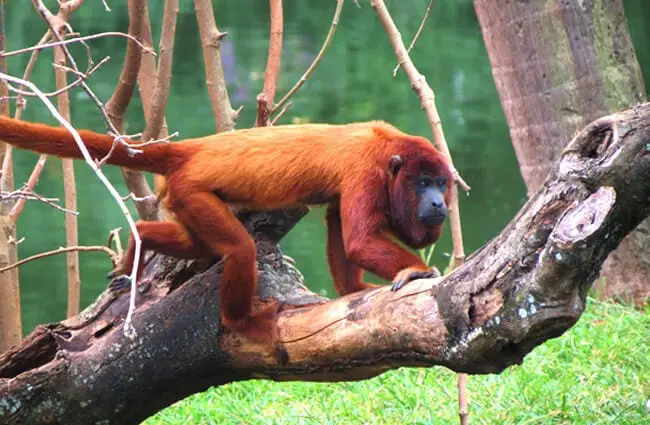
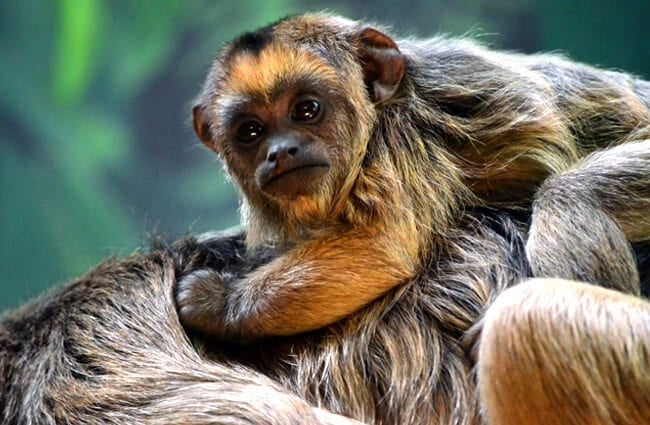
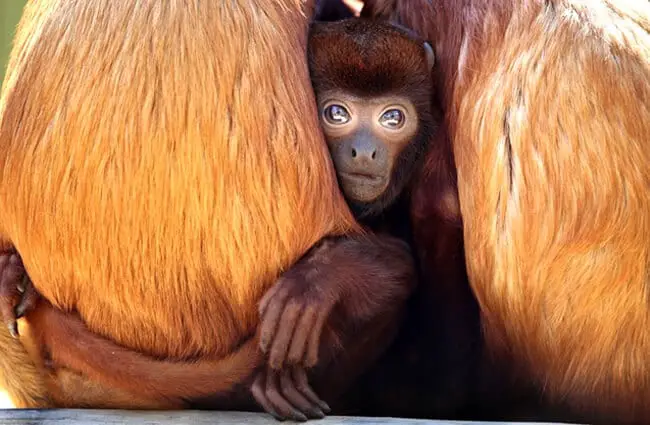
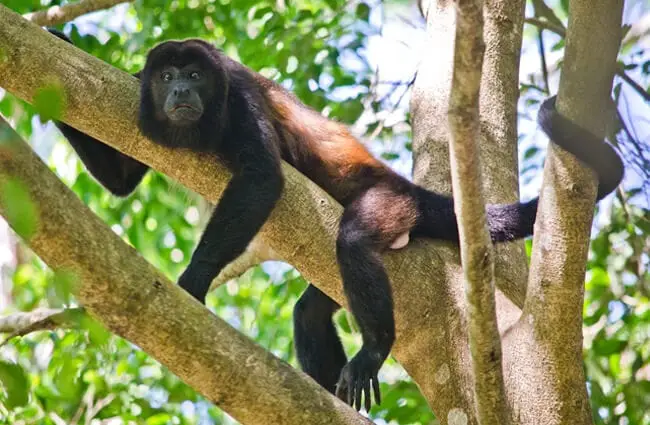
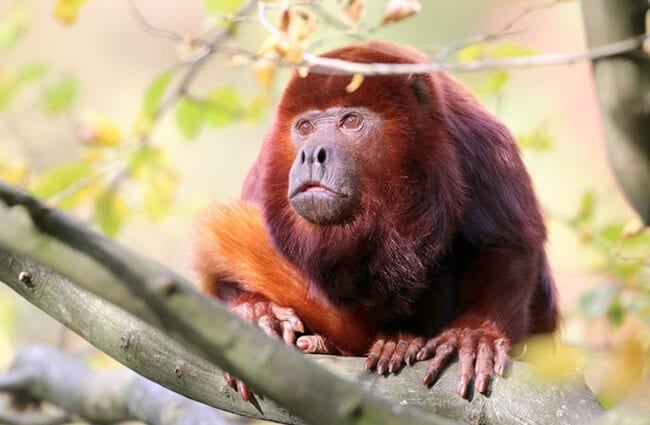
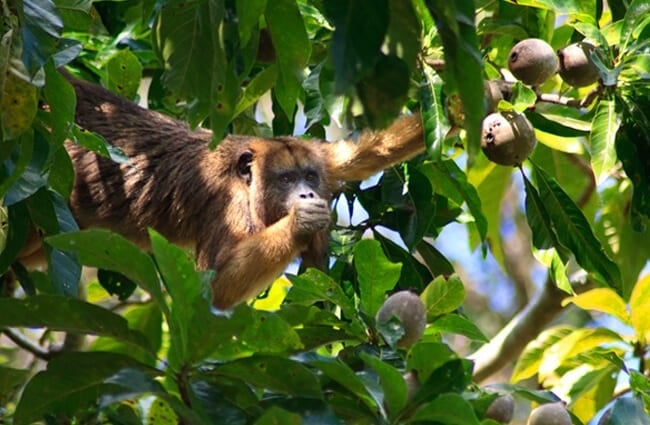
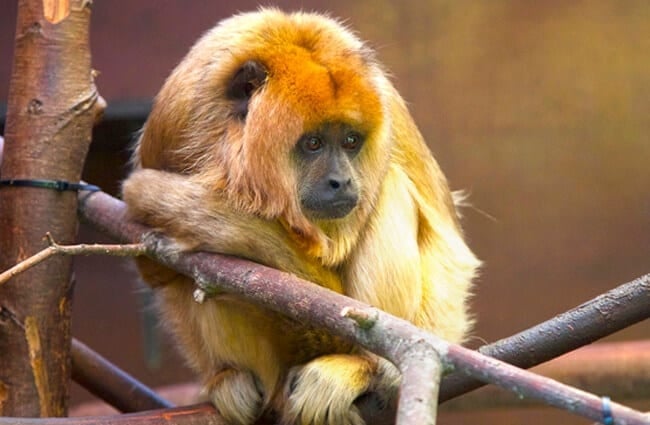
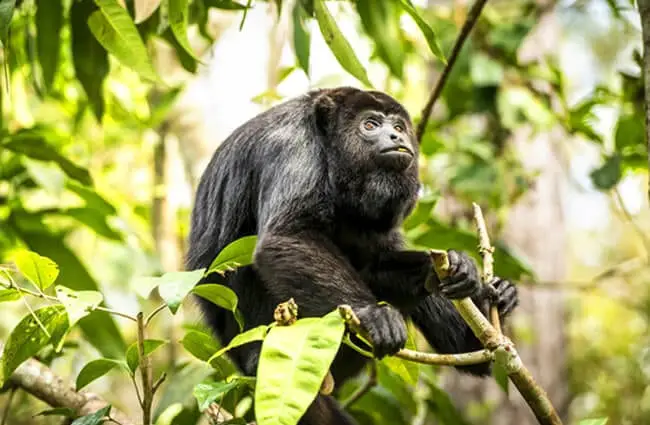


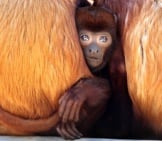
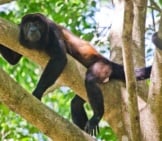



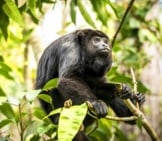
![Red Angus Closeup of a beautiful Red Angus cowPhoto by: U.S. Department of Agriculture [pubic domain]https://creativecommons.org/licenses/by/2.0/](https://animals.net/wp-content/uploads/2020/03/Red-Angus-4-238x178.jpg)












![Red Angus Closeup of a beautiful Red Angus cowPhoto by: U.S. Department of Agriculture [pubic domain]https://creativecommons.org/licenses/by/2.0/](https://animals.net/wp-content/uploads/2020/03/Red-Angus-4-100x75.jpg)

